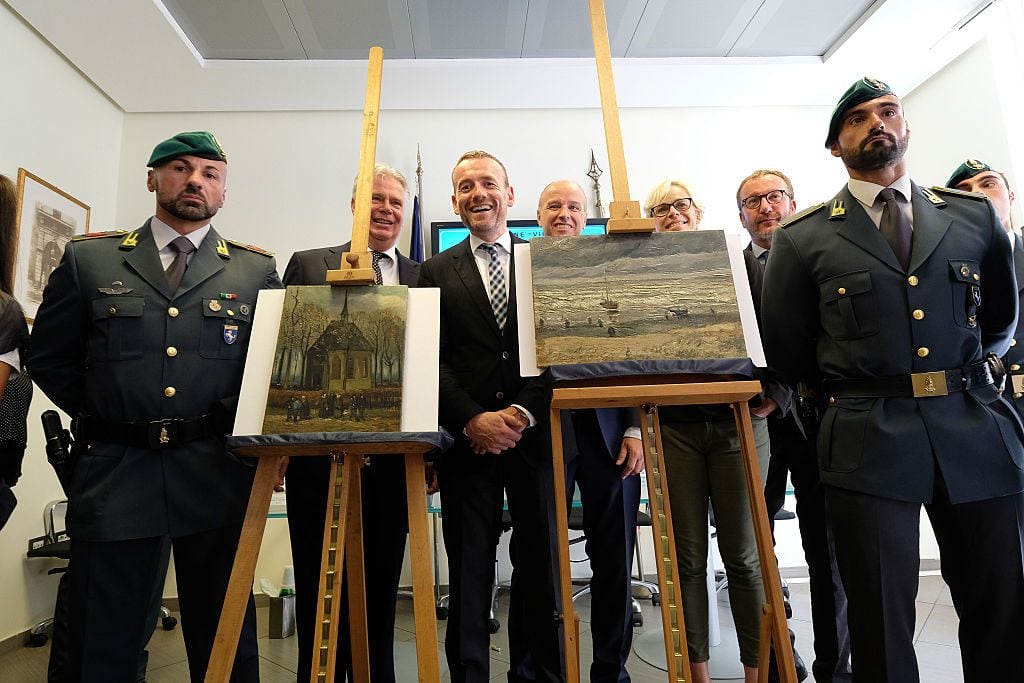Crime
Alleged Mafioso Raffaele Imperiale, Who Was Linked to a Van Gogh Museum Heist 20 Years Ago, Has Been Arrested in Dubai
Two paintings stolen from the museum in 2002 were found stashed away in a property owned by Imperiale.

Two paintings stolen from the museum in 2002 were found stashed away in a property owned by Imperiale.

Raffaele Imperiale, one of Italy’s most-wanted fugitives, who has been linked to the theft of two paintings from the Van Gogh Museum in 2002, has been arrested in Dubai.
The alleged drug kingpin was nabbed on August 4 after an extensive investigation involving Naples’s organized crime squad, public prosecutor’s office, financial crimes police, and other state authorities.
Imperiale gained notoriety in the early 2000s as part of the Neapolitan Camorra organized crime syndicate. The 46-year-old is now awaiting extradition to Italy, where he has been wanted on international drug trafficking charges since 2016.
In a statement published last week, the Italian ministry of the interior welcomed the capture of Imperiale, saying the arrest helped “bring to justice a leading exponent of international drug trafficking and money laundering who has accumulated considerable illicit assets mainly through the sale of cocaine.”
Among those assets were two stolen Van Gogh paintings that police recovered from a farmhouse on Imperiale’s property in his hometown of Castellamare di Stabia, near Naples, in 2016.
The Dutch painter’s View of the Sea at Scheveningen (1882) and Congregation Leaving the Reformed Church in Nuenen (1884–85) were stolen from the Van Gogh Museum in Amsterdam in 2002. The Italian ministry said the works, which had been stashed behind a wall, were of “inestimable value.”
Criminals are known to use the whereabouts of valuable artworks as collateral, and the paintings were recovered after Imperiale confessed to having the pictures in the hopes of negotiating a more lenient sentence.
Imperiale has denied involvement in the heist itself. He told the Naples paper Il Mattino earlier this year that he bought the works directly from the thief a few days after the theft because he appreciated their “aesthetic value” and because they were offered at a good price.
In a statement, the Italian minister for the interior, Luciana Lamorgese, praised Imperiale’s capture as an “excellent result,” which she said demonstrated “the ability of our police forces to combat criminal phenomena, including those of a transnational nature.”